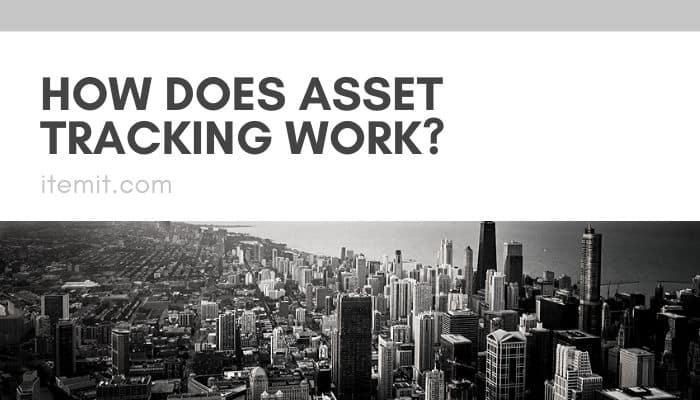
When it comes to asset tracking, the beauty is that you have plenty of options. On the other hand, sometimes it’s hard to get your head around how different asset tracking systems work and what you need.
What is asset tracking?
As a quick recap, asset tracking is the process of tracking the location of physical and fixed assets. This is achieved by using a range of asset tags, such as RFID, QR codes, barcodes, GPS and BLE tags.
How does it all work?
Some tags can report the real-time location of assets with no manual intervention, such as GPS tags and BLE tags. Other tags, such as barcodes and QR codes, are not able to communicate their location by themselves. Instead, a smartphone or tablet can scan these tags and report the GPS address of the mobile device as this is in the exact same location as the asset – it’s a neat, low-cost way of retrieving location data.
What’s involved?
There are a few different components that will allow you to complete your asset tracking processes. These are as follows:
First things first, you need some software that will hold and enable you to access your asset data. The majority of solutions available today are cloud-based. This means that your data is stored in the cloud, rather than being stored on a computer or server in your office. In practical terms, what this means is that you can access your asset records from anywhere.
Asset tags are usually in the form of a small sticker of some sort that is stuck onto your physical assets. By putting a sticker on an asset, it becomes uniquely identifiable. Asset tag options include barcode, QR code and RFID asset tags as well as BLE and GPS tags.
Reporting and Analysis
When you begin collecting data on the location, condition and status of your assets, you’ll then need to make some sense of this data so that it’s useful to you. The final piece of the puzzle is, therefore, actionable analysis of asset data.
How do I start tracking my assets?
Sometimes it can just feel as though it’s a minefield of information and software providers, so where should you begin? We’ve got a handy 3 step guide that will simplify your asset tracking and have you up and running in no time.
1. Make some key decisions
Before you get underway, you need to make a few decisions and decide the scope of your asset tracking. You’ll need to determine the following:
What assets are you going to track?
Are you going to tag your assets?
If you are tagging your assets, which tags do you want to use?
What processes do you want your asset tracking system to cover
Once you know this, you know what your aims are, and you can, therefore, assess your options and identify which asset tracking software delivers what you need.
2. Get set up on the system
If you choose one of the better solutions, this should be very easy as your software provider should support you throughout this process. You’ll need an account that grants you access to all the features you require, and you’ll need to add your colleagues in as users so they too can access the system.
Next comes training. One thing we’ve learnt is that it is crucial to explain to your wider team why this new system is needed, what benefits it provides to not only the business but also to themselves and to provide easy training options for them to browse. We find the best thing is asset tracking tutorial videos.
3. Usage, feedback and analysis
The final step is to monitor usage, gather feedback and analyse the incoming data. Your team may have questions on how to get the most out of the system, and they are very likely to have suggestions for improvements to your processes, as they will be the ones using the system day-in-day-out.
Ultimately, you need to achieve the aims you had when setting out on your asset tracking journey. These could be as simple as what assets do we have and where are they. Or, it could be more complex, e.g. which assets are available for my big event next month? Either way, the data you can analyse must give you the answers you need.
itemit Asset Tracking
itemit is an easy to use asset tracking system that comes with unrivalled support. If you’re looking for someone to take you under their wing and guide you through the asset tracking minefield, you’ve come to the right place.
Drop us an email or fill in the form below and we’ll be in touch shortly to give you a helping hand.
Find Out More Asset Tracking
Start your free 14-day trial now
Instant access. No credit card details required.


0 Comments